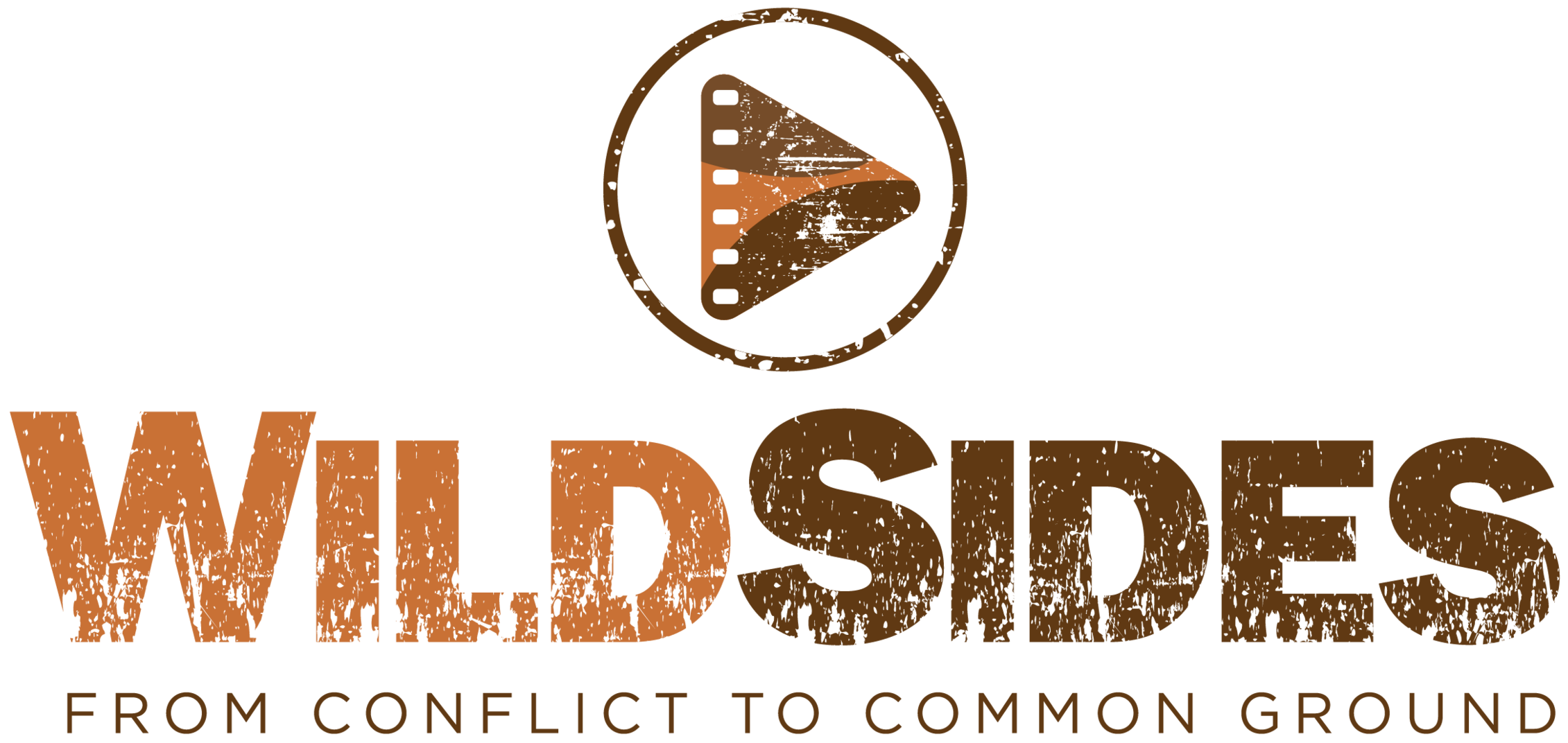What's the Issue?
This is the third of a five-article series by WildSides intern Erica Krol. Join her journey as she explores the connections between endangered species, pesticide use and all of us. Enjoy!
As I have learned throughout this journey, two pesticides used on important crops result in adverse effects to almost all endangered animal species in the U.S. I know I have a significant connection to these endangered animals, as well as these pesticides. But how do these pesticides actually affect these endangered animals?
As these thoughts wander through my mind, my Siamese cat, Princess Leia, jumps onto my bed. She squeezes her way into the small space left on my lap, not currently occupied by my laptop. My hand gently runs across her glossy fur. I feel her purr resonate through her body. Naturally, I begin to ask her some of the questions brought up by my research on pesticides. Princess Leia softly meows as her blue eyes slowly disappear behind her eyelids. I like to think that we share quite the bond, since I always come to her with my questions and concerns.
Suddenly, while I watch my cat sleep peacefully on my lap, another question pops into my head: What if Princess Leia was adversely affected by these pesticides? What would that mean?
Truck Sprays Pesticides
I continued my research. What do these pesticides do to animals exposed to them? I find that these chemicals kill insects by stopping nerve impulses from firing properly, which causes them to lose the ability to move, and eventually ends in total muscle paralysis. I stop to think about this for a minute. I would be horrified to see my cat gradually lose the ability to move until she wasn’t able to use even the muscles that allow her to breathe. Though humans created these pesticides to kill insects, they also harm mammals.
Now I begin to imagine how these pesticides could affect endangered species, or possibly any other species exposed to them. Could this be contributing to these endangered species being endangered?
Still curious about these pesticides, I look up more about how they are actually applied to the crops. I find that both of these pesticides can be applied by hand, mechanically or aerially. Hand application requires using a pump or a backpack sprayer. Mechanical application occurs off the back of a truck or other vehicle. Finally, aerial application uses a plane. In addition to their use in agriculture, these pesticides are sometimes also applied to residential areas, roadsides, pastures and rangelands. Some of the chemical companies that produce these pesticides do not even require a wait time between applications. So people might apply too much of the pesticides, potentially making it more likely to come in contact with animals or humans.
Plane Sprays Pesticides
The image of a plane spraying these pesticides over fields stays with me. It draws me back to the summers I would spend at our family’s cottage in southern Michigan. We would drive for hours through fields filled with corn, soybeans and many other crops to get to our cottage on a small lake. In the mornings I would usually sit in the hammock out front and read a book. Those mornings I often remember seeing a small plane fly low overhead and, soon after, unleash its misty cloud onto the ground below. I used to think this plane was just watering the field. I would gaze at the translucent droplets as they fell to the earth, beautifully reflecting the sunlight. Now my body shivers at this thought. These were probably pesticides sprayed onto the ground and into the air around my cottage.
I cannot say if the pesticides sprayed around my cottage were the same types of pesticides as the two I’m researching now, but they could have been. And, if it is that easy for us to come into contact with pesticides, I wonder how much easier it is for wildlife.
Injured Bat on Road
Princess Leia meows at me. I think about a bat trying to fly out of its cave after years of flying through the air that has been sprinkled with droplets of pesticides. I imagine it trying to move its wings, but not being able to take off in flight. It has even lost its ability to crawl. But, this dying bat is nowhere near me right now, it could be in a cave miles and miles away. I do not see dying bats littering the roads I drive, but what if one day I did? However, farmers do use the pesticides to grow foods that directly benefit me each day. Then, I imagine a healthy bat flying over a field, happily eating insects. However, when it comes time to hibernate, its usual cave is closed off with no way to enter. It will try to find another cave, but it is not successful and ends up dying. Other factors definitely impact the livelihood of this species. Are these pesticides really what is causing them harm? I am now as passionate as ever to figure this out.
Sources
The Environmental Protection Agency, malathion application: https://www.epa.gov/endangered-species/biological-evaluation-chapters-malathion-esa-assessment
The Environmental Protection Agency, chlorpyrifos application: https://www.epa.gov/endangered-species/biological-evaluation-chapters-chlorpyrifos-esa-assessment
Environmental Contamination Toxicology: https://link.springer.com/article/10.1007/s00244-016-0307-3
The Environmental Protection Agency, organophosphate pesticides: https://www.epa.gov/sites/production/files/documents/rmpp_6thed_ch5_organophosphates.pdf
Photo Credits
Tractor Sprays Pesticides on Field: https://www.naturalhealth365.com/pesticides-toxic-chemicals-1868-html
Truck Sprays Pesticides: http://www.jble.af.mil/News/Article-Display/Article/843158/
Plane Sprays Pesticides: https://pixabay.com/en/airplane-crop-duster-dangerous-465619/
Injured Bat on Road: https://www.flickr.com/photos/stevendepolo/4145114031



